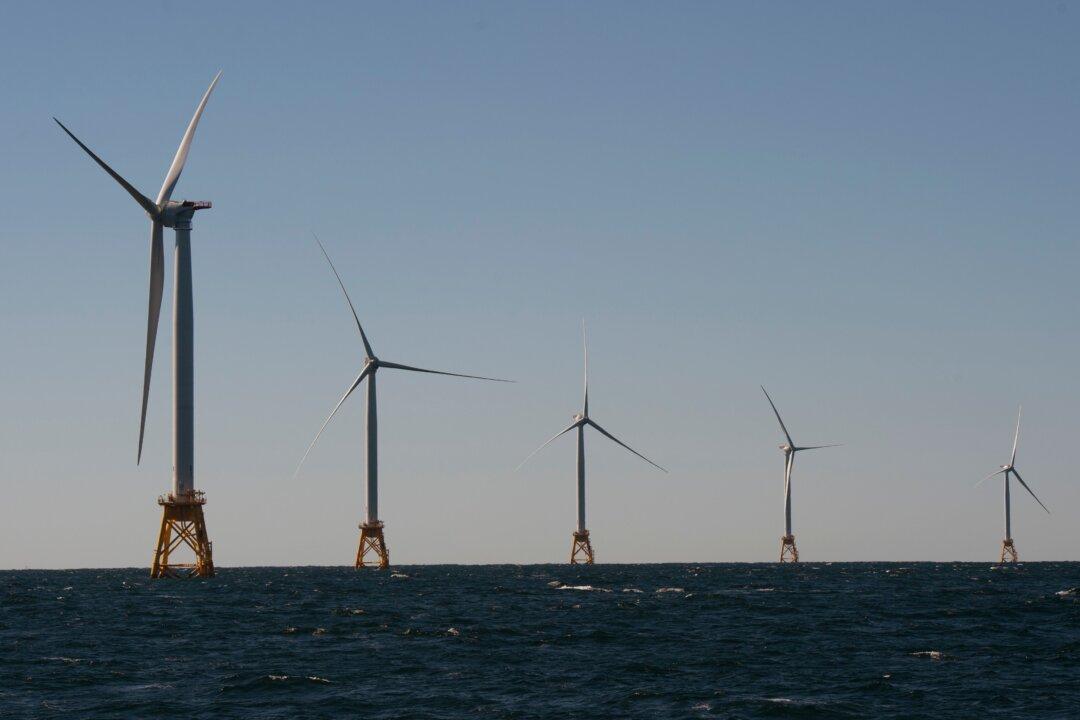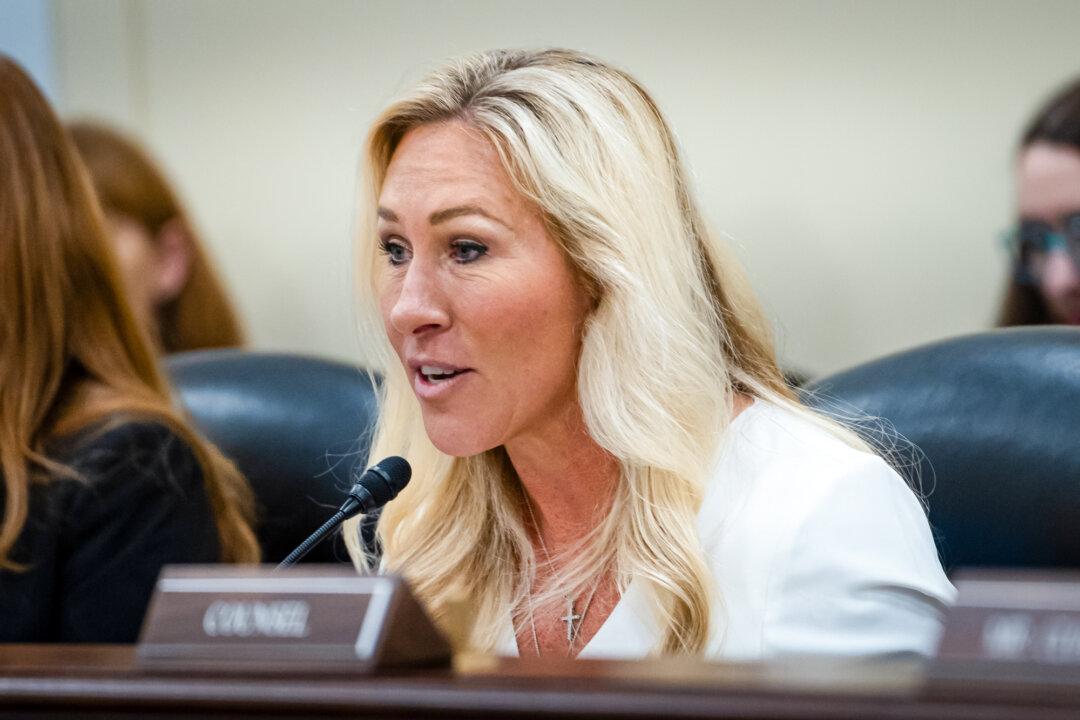Wind and solar project developers on public lands will see an 80 percent drop in acreage rents and capacity fees under the Biden administration’s final Renewable Energy Rule, according to the U.S. Department of the Interior.
Interior Secretary Deb Haaland said in a statement on Thursday that the rule will facilitate wind and solar energy development in “identified priority areas” situated on public lands.





